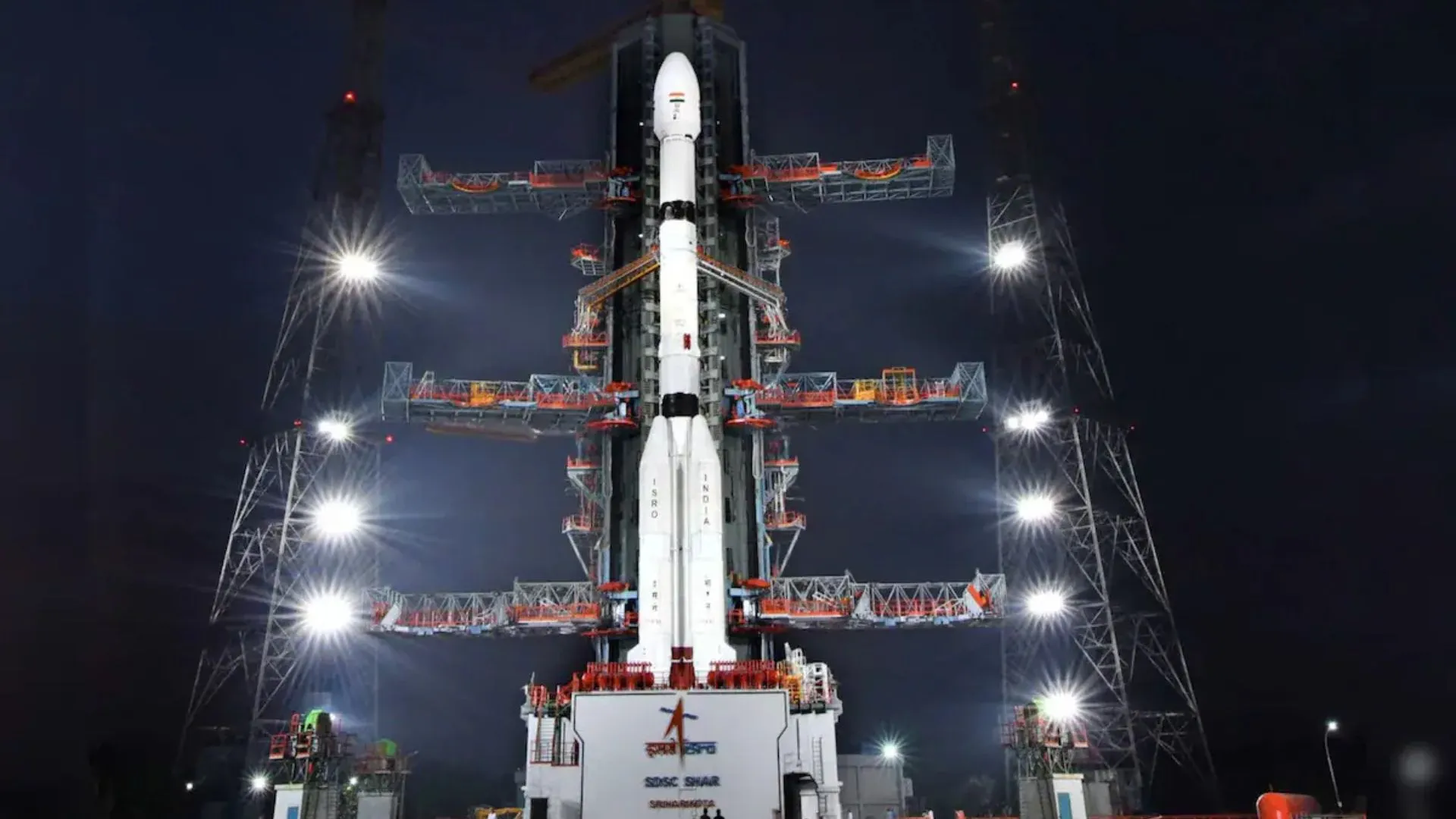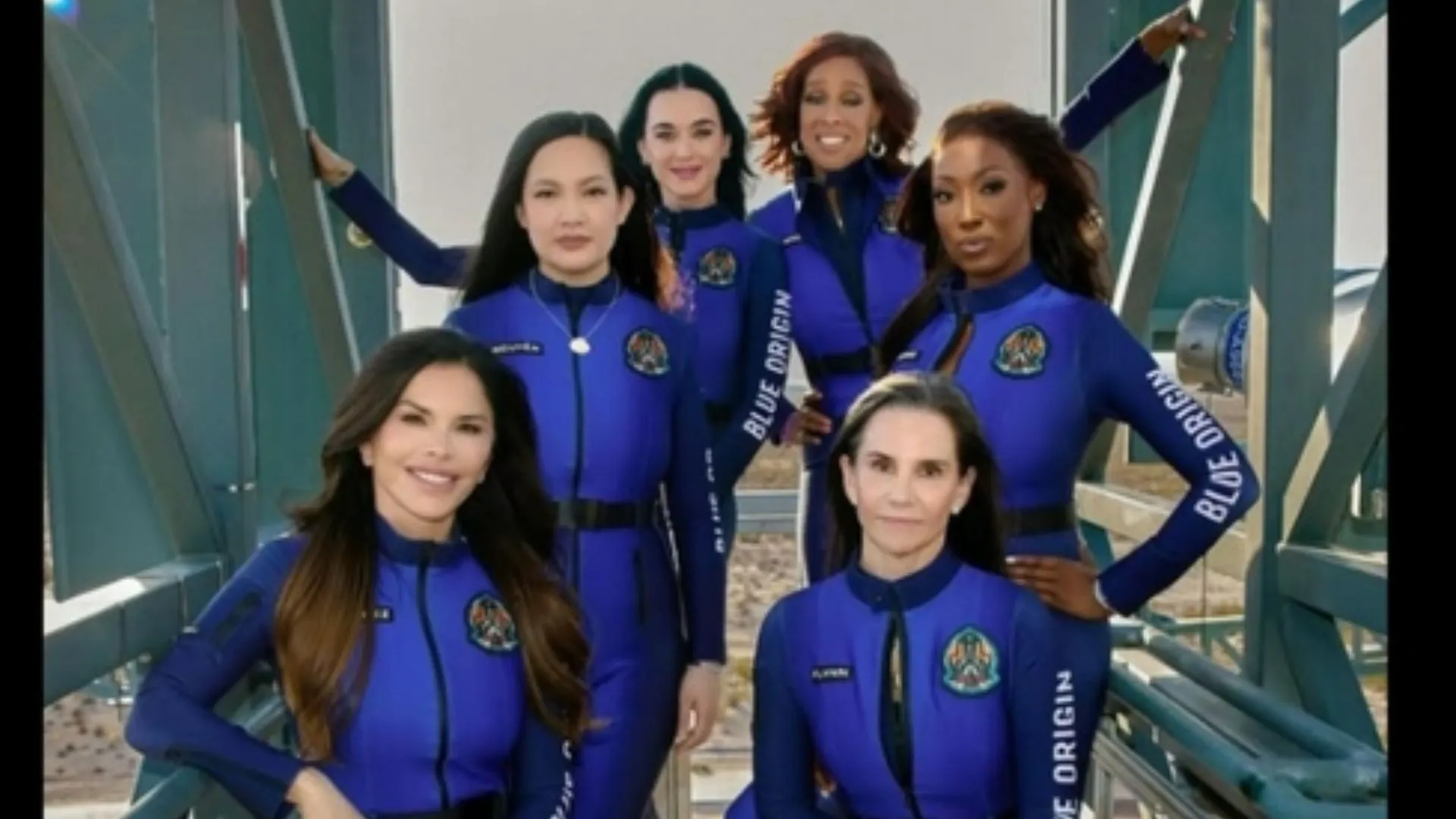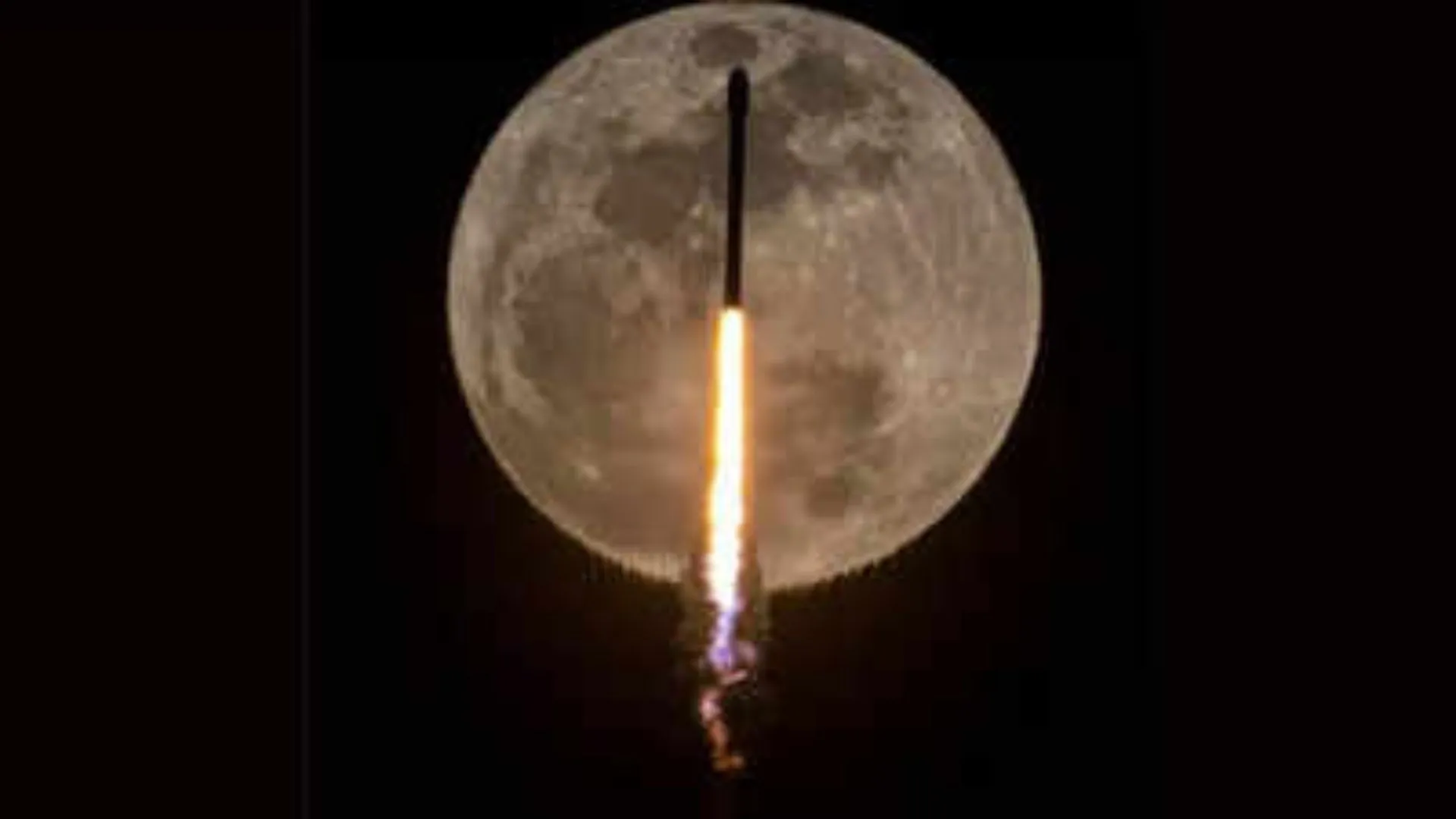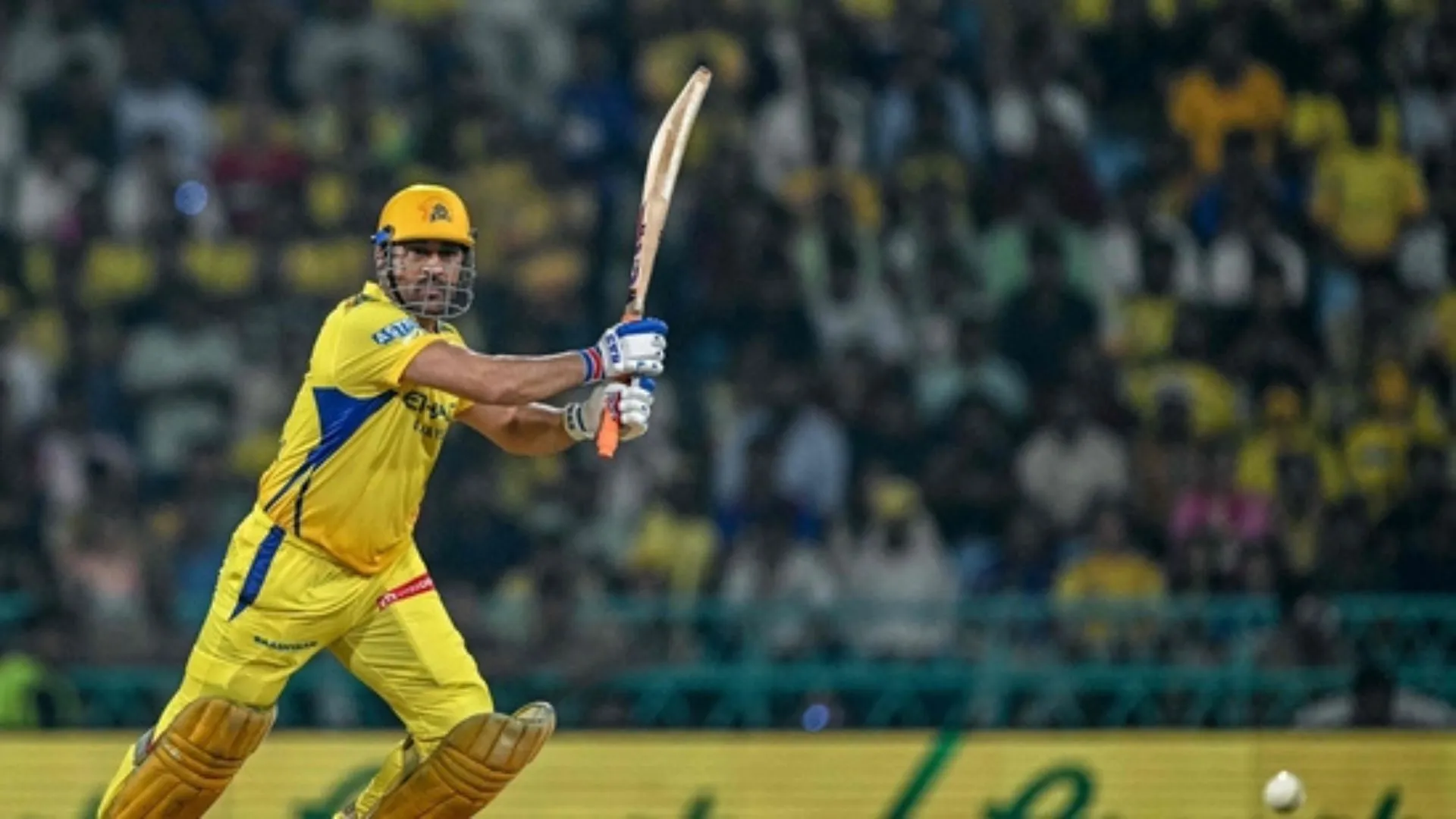ISRO concluded 2024 on a high note with the successful launch of its 99th mission, the Polar Satellite Launch Vehicle (PSLV-C60), which carried two significant experimental payloads: SpaDex and POEM-4. As these experiments continue into the new year, the Indian space agency has announced an exciting milestone for 2025.
ISRO Chairman S. Somanath has confirmed that the agency’s first mission of 2025 will be its landmark 100th mission. While the exact date remains undisclosed, he revealed that the mission will utilize the Geosynchronous Satellite Launch Vehicle (GSLV Mk-II). Titled the GSLV-F15/NVS-02 Mission, it will enhance India’s satellite navigation system. The payload for this mission will be the IRNSS-1K satellite, part of the Navigation with Indian Constellation (NavIC), India’s indigenous alternative to the Global Navigation Satellite System (GNSS) like GPS.
Mission Objectives and Importance
The GSLV-F15 marks the 17th flight of the GSLV and the 8th operational use of its indigenously developed cryogenic stage. This mission aims to bolster India’s NavIC system to support activities such as:
- Precision military and strategic applications
- Terrestrial, aerial, and maritime navigation
- Precision agriculture and geodetic surveying
- Emergency response and fleet management
- Location-based services in mobile devices
- Timing services for financial institutions and power grids
- Internet of Things (IoT) applications
NVS-02 / IRNSS-1K Satellite Overview
The NVS-02 satellite, the second in the second-generation navigation series, is equipped with both a navigation payload and a ranging payload. The navigation payload transmits signals across three frequency bands (L1, L5, and S-band), using a highly accurate rubidium atomic clock to maintain precision. The ranging payload facilitates time-stamped navigation signals, enabling users to determine their position, speed, and time regardless of weather conditions.
The second-generation NavIC satellites include advanced encryption to ensure secure communication. Like GPS, NavIC supports both civilian and military operations. Initially developed as a regional system, NavIC has the potential to expand to global coverage in the future.
ISRO’s Growing Legacy
The 99th mission, PSLV-C60, followed by this landmark 100th mission, underscores ISRO’s consistent achievements in advancing India’s space capabilities. The upcoming GSLV-F15/NVS-02 Mission, scheduled for January 2025, highlights India’s commitment to self-reliance in navigation systems and its growing role on the global space stage.























